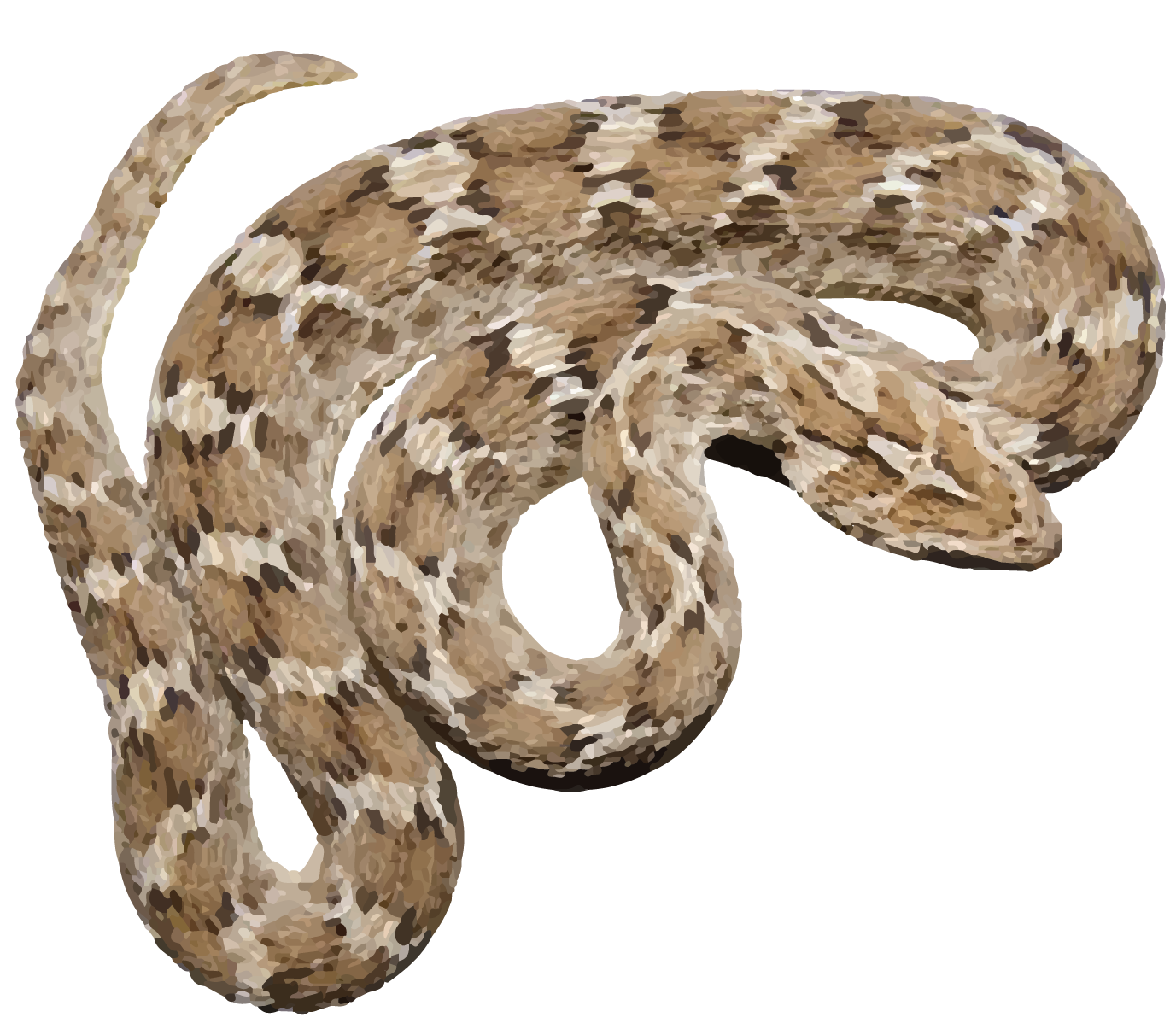Chain Viper (Echis carinatus sochureki)

- Habitat: Grasslands, open forests, and agricultural fields
- Distribution:Indian subcontinent and parts of Southeast Asia
- Diet: Rodents, frogs, lizards, and small birds
- Size: Typically 3-5 feet in length
Physical Characteristics
- Size: Chain vipers are relatively small, typically ranging from 30 to 50 centimeters (12 to 20 inches) in length, although some individuals can grow slightly larger.
- Appearance: They have a stout body with keeled scales and a distinctively flattened, triangular-shaped head. Like other saw-scaled vipers, they have a row of small, keeled scales along their sides.
- Color: Their coloration varies, but they often have a sandy or pale brown body with darker brown or reddish-brown markings and blotches.
Conservation Status
- Threats: Chain vipers face threats from habitat loss, fragmentation, and persecution by humans due to fear or misunderstanding. They are also frequently killed for their skin and other body parts.
- Conservation Efforts: Efforts to conserve chain vipers include habitat protection, public awareness campaigns, and research initiatives to better understand their ecology and behavior.
